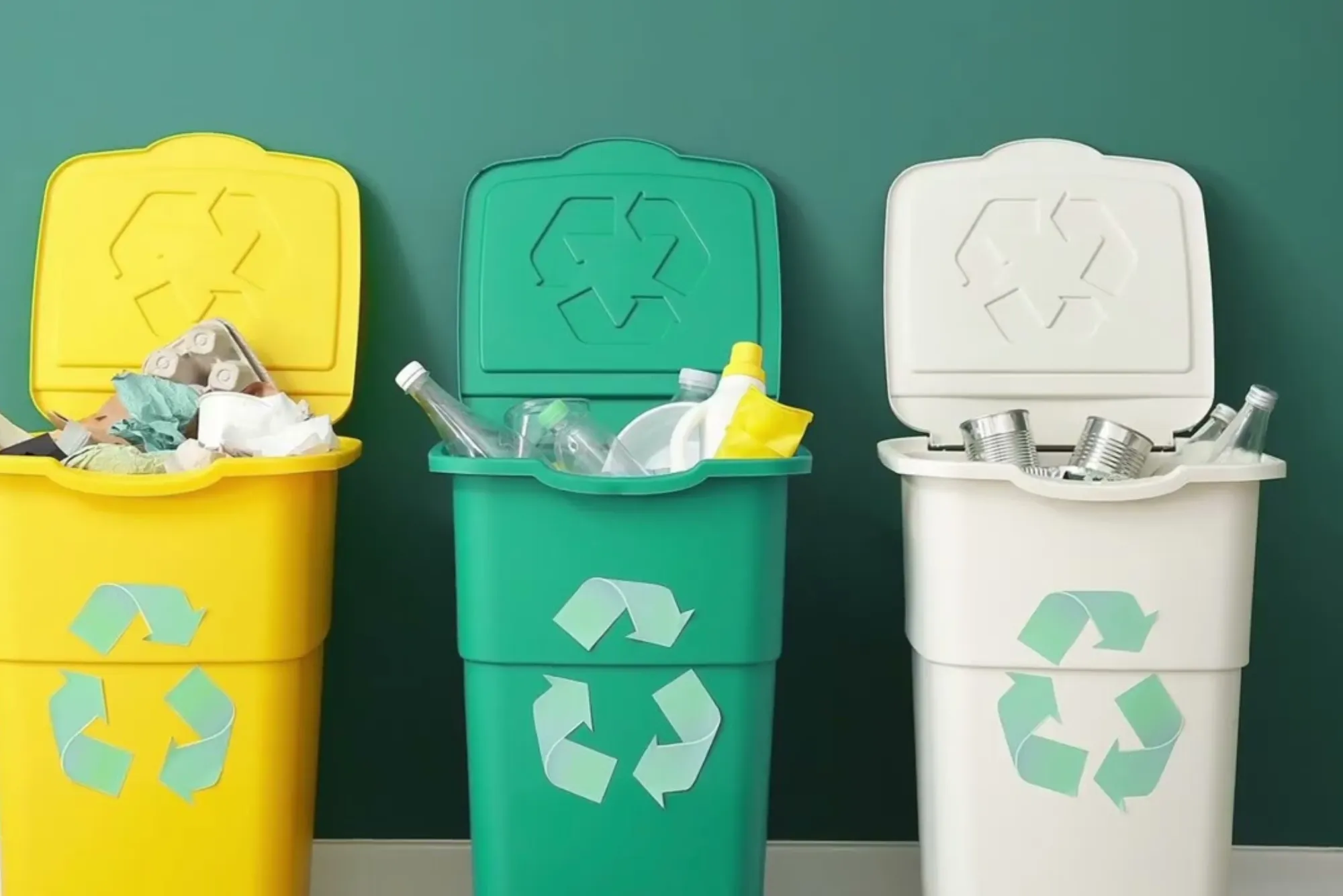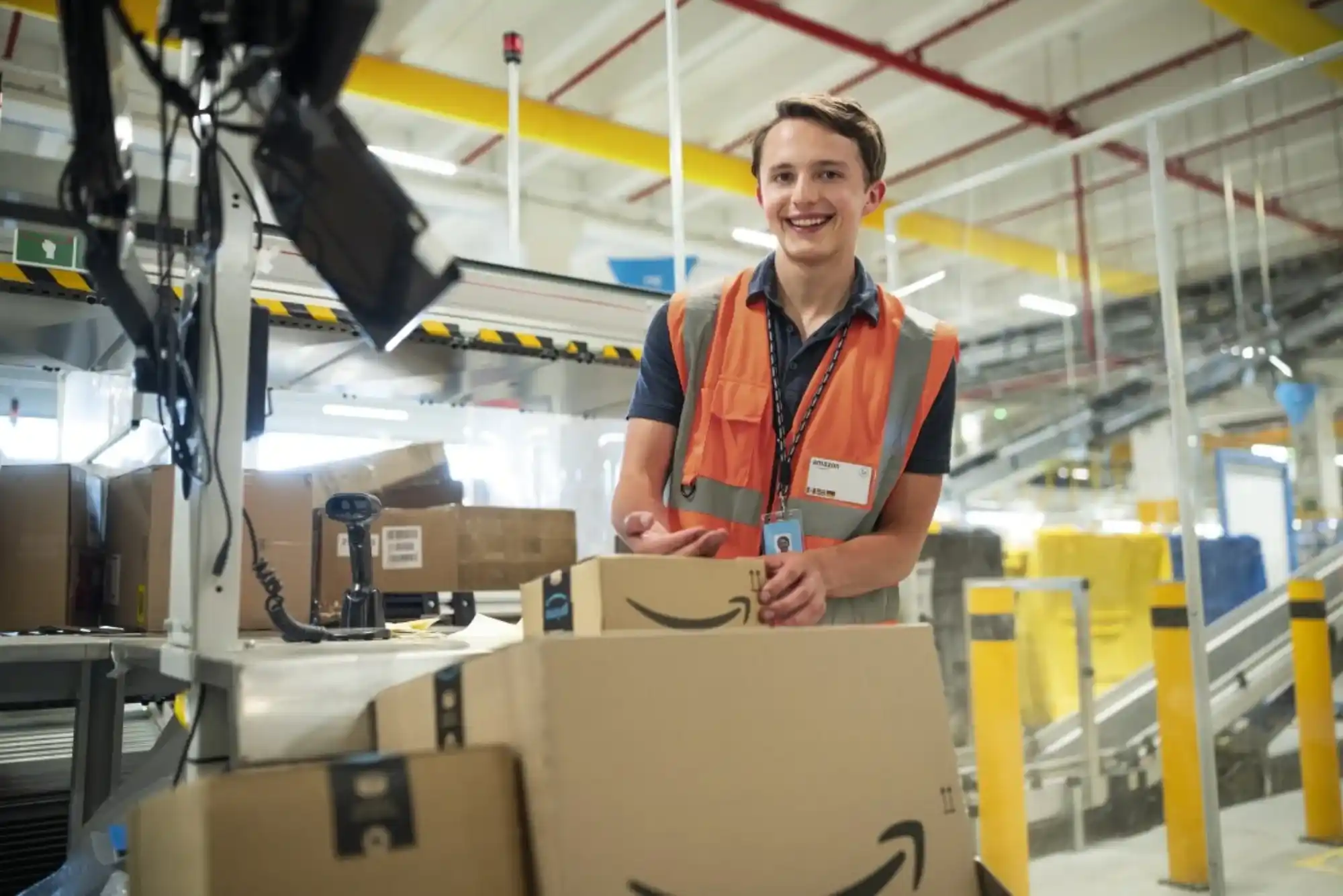With the increasing awareness of environmental issues, parents are looking for ways to reduce waste and recycle items where possible. One question that comes up frequently is, “Can you recycle kids’ plastic toys?“ The short answer is: it depends. While some plastics are recyclable, toys often come with challenges that make the recycling process more complicated. This guide examines how to handle used toys responsibly, recycling options, and alternative ideas to keep toys out of landfills.
Understanding Plastic Types in Kids’ Toys
Plastic toys are made from a variety of materials, each with different properties that impact recyclability. Some common types of plastics found in kids’ toys include:
Polyethylene (PE): Often used for outdoor toys and plastic balls, polyethylene is somewhat recyclable but can be challenging to process.
Polyvinyl Chloride (PVC): Found in many inexpensive toys, PVC is difficult to recycle due to its chemical structure.
Polypropylene (PP): This is used in action figures and toy cars; polypropylene is sometimes recyclable, but it depends on local facilities.
Acrylonitrile Butadiene Styrene (ABS): Found in more durable toys like building blocks, ABS is sturdy but rarely accepted in household recycling.
Recycling kids’ plastic toys typically requires separating these materials, a step that isn’t feasible for most recycling centers. Knowing the type of plastic in your child’s toy can help you determine if recycling is possible.
Why Recycling Plastic Toys is Challenging
Recycling facilities often face significant challenges when dealing with plastic toys. Unlike common recyclable plastics found in bottles or containers, toys are made from mixed materials, including metal, batteries, electronics, and various plastics. Each material requires different processing, and the effort needed to separate them is high. Here are a few reasons why plastic toys are challenging to recycle:
Mixed Materials: Many toys include a combination of materials, such as metal screws, electronic components, or fabrics, making separation and recycling costly.
Chemical Additives: Some toys contain chemical additives for durability, which complicates the recycling process.
Small Parts: Many toys have small pieces that can easily jam sorting machines, causing delays and increasing costs for recycling facilities.
Understanding these challenges provides insight into why recycling options are limited and why alternative solutions may be necessary.
Recycling Programs and Options
Although traditional curbside recycling doesn’t typically accept plastic toys, there are specialized programs and options designed to tackle this issue. Here are some practical ways you can recycle or responsibly dispose of kids’ plastic toys:
Toy Recycling Programs
Some organizations and companies have programs specifically designed to recycle toys. For example:
Terracycle: Terracycle offers a specialized recycling program for toys, accepting items that may not be recyclable through standard facilities. Although there is a fee, this program ensures toys are broken down into reusable materials.
Hasbro Toy Recycling: In partnership with Terracycle, Hasbro offers a recycling program specifically for their products, allowing parents to mail in used toys for recycling.
Electronics Recycling for Battery-Operated Toys
Battery-operated toys often contain electronic components that can be harmful to the environment if improperly disposed of. Electronics recycling facilities usually accept toys with batteries, ensuring the safe handling of these components. Check with local electronic recycling centers to confirm they accept battery-operated toys.
Retail Store Take-Back Programs
Some retailers periodically run take-back programs, allowing you to return old toys for recycling or reprocessing. For example, some big-box stores run special recycling events for various household items, including toys. While these events are not common, checking with local stores can offer opportunities to recycle or donate toys.
Eco-Friendly Alternatives to Recycling
If recycling is not an option for your child’s toys, there are several eco-friendly alternatives to consider. Here are some suggestions:
Donate to Charities and Shelters
Gently used toys can bring joy to other children and keep items out of landfills. Consider donating toys to local charities, shelters, daycare centers, or community centers. Some organizations, such as Goodwill or the Salvation Army, accept toys in good condition. Be sure to check if the items are in safe, working order before donating.
Organize a Toy Swap
Toy swaps are events where families exchange toys they no longer need. This practice is gaining popularity as an eco-friendly way to refresh toy collections without creating waste. You can organize a toy swap in your community or school, allowing children to enjoy “new-to-them” toys while promoting sustainable practices.
Upcycling and Repurposing
With creativity, old toys can find a second life in new forms. For example, broken plastic toys can be used in art projects, DIY home decorations, or repurposed into storage containers. Consider turning figurines into drawer handles or using large plastic blocks as organizers for craft supplies. Upcycling reduces waste and gives toys a second purpose.
Educating Kids on Environmental Responsibility

Teaching children about the impact of plastic waste and the importance of recycling helps them understand why toy recycling is essential. Involve kids in the recycling or donation process, showing them the importance of giving old toys a second life. This approach encourages responsible habits and fosters an appreciation for sustainability.
Consider introducing toys made from environmentally-friendly materials like wood or recycled plastic to your child’s collection. Such choices can help reduce plastic waste and provide more eco-friendly alternatives.
Steps Parents Can Take for a Greener Toy Collection
Reducing plastic waste from toys begins at home. Here are some practical steps parents can take to minimize their household’s environmental footprint:
Choose Eco-Friendly and Sustainable Toys
Many companies now produce toys from recycled or biodegradable materials. Look for brands that prioritize sustainability, such as those that use wood, bamboo, or recycled plastics. These eco-friendly options are often just as fun and durable as traditional plastic toys.
Limit Single-Use or Disposable Toys
Certain toys, like party favors or fast-food kids’ meal toys, are often discarded shortly after use. By limiting these single-use toys, you can reduce unnecessary plastic waste. Opt instead for versatile toys that offer long-term engagement, such as building sets or creative craft supplies.
Repair Instead of Replace
Instead of discarding broken toys, consider repairing them. Basic repairs, such as gluing parts together or replacing small components, can extend the life of many toys. Repairing teaches children about resourcefulness and promotes a mindset of reducing waste.
Buy Fewer, High-Quality Toys
Investing in durable, high-quality toys can reduce waste over time. High-quality toys last longer and are more likely to be reused or passed down to younger siblings or friends. This strategy not only saves money but also reduces the number of toys that eventually end up in landfills.
The Future of Toy Recycling and Sustainability
As awareness of environmental issues grows, toy manufacturers are beginning to explore more sustainable practices. Some companies now design toys with recyclability in mind, using single-material designs or biodegradable components. The future may also bring innovations in toy recycling technologies, making it easier for parents to recycle kids’ plastic toys.
Government regulations on plastic waste may also encourage more sustainable practices within the toy industry. Policies that limit single-use plastics or mandate recycling-friendly designs could transform how toys are produced and disposed of in the future.
While recycling kids’ plastic toys is often challenging, parents have various options to manage toy waste sustainably. By understanding the types of plastics used in toys, exploring recycling programs, and considering eco-friendly alternatives, families can make responsible choices that benefit the environment. Donating, upcycling, or opting for sustainable toys reduces plastic waste, setting an example for future generations on how to care for the planet.











